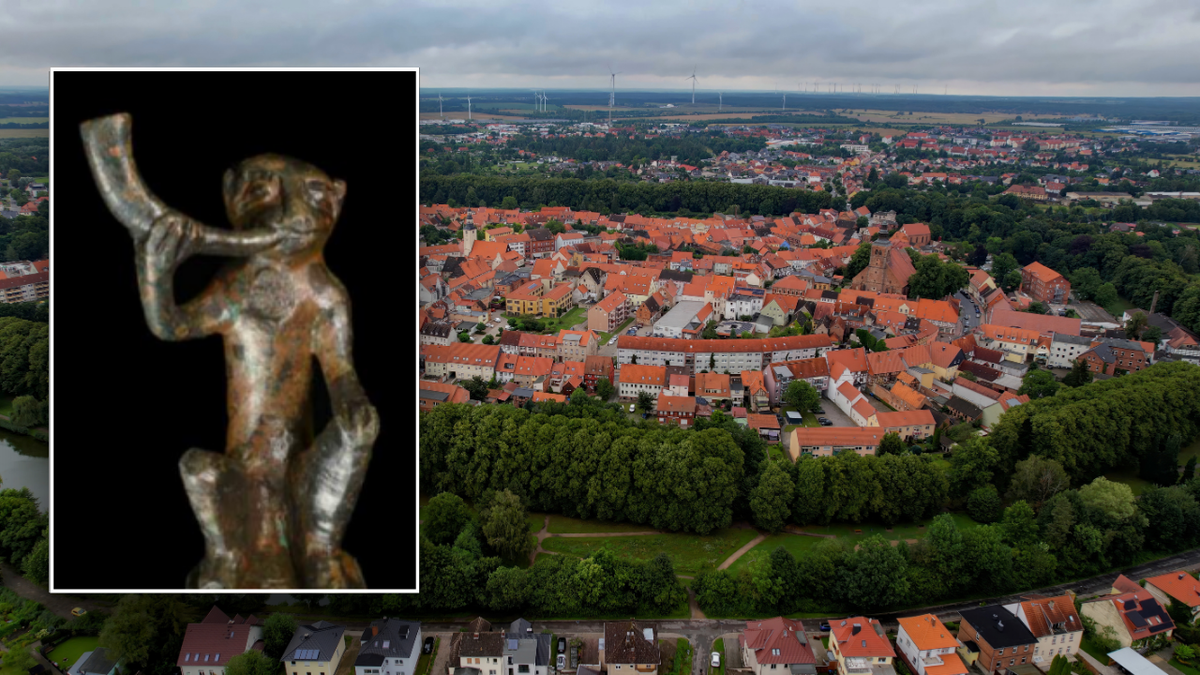
Medieval Church Yields Surprising Artifacts: A Tapestry of History Unraveled
An archaeological excavation of the medieval Marienkirche in Gardelegen, Germany, has unearthed a treasure trove of artifacts spanning seven centuries, shedding light on the rich history of this sacred place. Conducted between June 2022 and September 2023, the excavation aimed to install underfloor heating within the church, but it inadvertently opened a window into the past.
As the wooden floor was removed, revealing an area of 145 square meters, and the ground excavated to a depth of 40 centimeters, the exposed areas were meticulously examined by volunteers. Their keen eyes and local knowledge proved invaluable, as the ground yielded a remarkable collection of 1,000 artifacts.
Numismatic enthusiasts will revel in the discovery of 679 coins and coin fragments, offering a glimpse into the monetary systems and economic activities of the past. But the artifacts extended far beyond currency, encompassing a diverse array of objects that provide tantalizing glimpses into medieval life.
Garment pins, meticulously crafted, hint at the fashion and adornment of the time. Animal bones provide clues about the local fauna and the role of animals in the community. Ceramics, with their intricate patterns and shapes, speak volumes about the skilled artisans who created them. Metal fittings and book clasps, often overlooked, offer insights into the practical aspects of everyday life.
The discovery of pearls, glass shards, iron nails, and even personal tweezers paints a vivid picture of the personal belongings and daily routines of the people who frequented the church. Plant remains, preserved in the depths of the soil, provide glimpses of the surrounding environment and the natural resources utilized by the community.
One of the most intriguing artifacts, however, was a trio of dice, an unexpected find in a church setting. Dice were often associated with gambling and other activities frowned upon by the religious authorities, adding an element of intrigue to the excavation.
But it was the discovery of an approximately 8-centimeter-high monkey sculpture made of lead-bronze that truly captured the attention of the archaeologists. Its presence in the church’s nave, a sacred space reserved for religious ceremonies, raised questions about its purpose and meaning.
Monkeys, in medieval times, were often depicted as sinful creatures, caricatures of human vices and imperfections. Yet, monkey depictions were not uncommon in churches, often seen playing board games, making music, or entangled in vines. They served as reminders of the temptations and pitfalls that lay outside the sacred walls.
The lead-bronze monkey sculpture from Marienkirche sparked intense discussions among the archaeologists, who sought to decipher its symbolism. Was it a monkey with a drinking horn or a musical instrument? Did it serve as a cautionary tale or a more nuanced representation of human nature?
The excavation of Marienkirche highlights the invaluable role of volunteers in archaeological heritage management. Their dedication and expertise, in collaboration with professional archaeologists, enrich our understanding of the past and help preserve our cultural legacy.
The discovery of such a diverse range of artifacts, from coins to personal possessions, from mundane objects to enigmatic sculptures, offers a glimpse into the multifaceted nature of medieval society. It is a testament to the rich history of Marienkirche, a place where faith, daily life, and the complexities of human nature intertwined.
